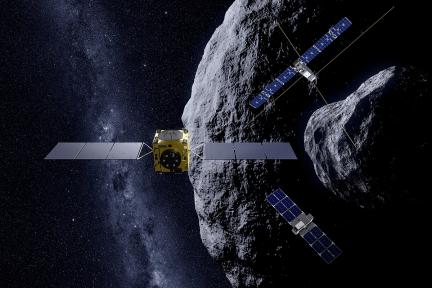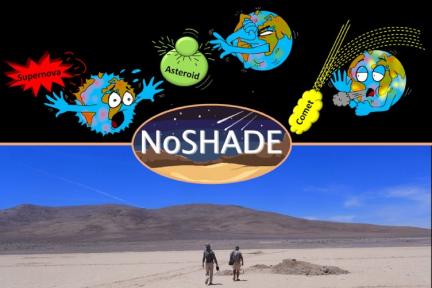Solar System, Impacts & Meteorites
Research in the Department of Solar System, Impacts & Meteorites is focused mainly on the formation and collision history of the Solar System, in particular the terrestrial planets and asteroids.
Planetary bodies formed about 4.5 billion years ago by continuous collision and agglomeration of initially dust-sized particles. Related primordial textures are best preserved in chondritic meteorites, which have only been altered a bit since their formation and, thus, provide insights into the accretion processes in the early Solar System and the respective physical and chemical conditions.
Collisions and impacts of cosmic bodies significantly influenced the formation and evolution of Earth and the terrestrial planets. Crater structures on planetary surfaces allow the reconstruction of the flux of cosmic bodies shaping planetary landscapes. Large impact basins, e.g. on the Moon, testify to the violent bombardment that in the beginning was orders of magnitude more intense than today, and which had major effects on the development of lithospheres and atmospheres of earth-like planets - and likely also on Earth’s biosphere.
Physicochemical and geological-mineralogical processes active upon impact are studied in this department by field work, using samples from impact craters and meteorites, laboratory experiments, and numerical computer models. Micro- and small-scale shock deformation in minerals and rocks (shock metamorphism) are combined with the effects of large-scale processes that lead to the excavation and subsequent modification of impact craters (crater formation and ejecta).
This contributes to a better understanding of impact processes and, in turn, provides a basis for assessment of the influence of large-scale impact events on natural environments, e.g., climate change that may lead to mass extinction of species.





